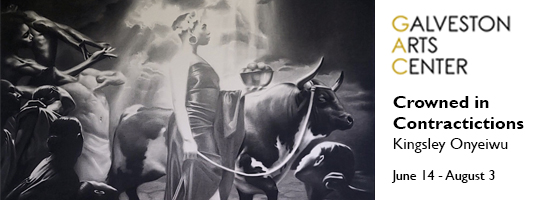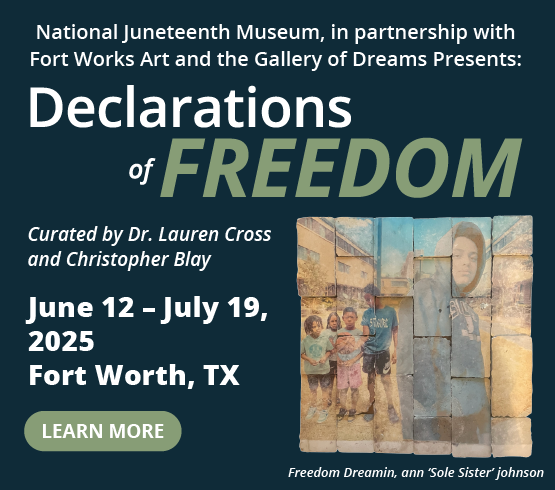There’s an uncanny feeling you get if you stare at a single word for too long. Like gazing at your own face in the mirror until your reflection becomes unrecognizable—a word can unravel into abstractions, momentarily unmoored from its meaning. It’s a sensation even easier to induce if you are learning a second language, and the mental work of translating symbols into sounds into meaning requires even further effort. I’m not sure if that’s why Ignasi Aballí chose to create his Palabras Vacias in English rather than his native tongue, Spanish, but the ultimate effect is to imbue words with importance and then just as quickly dissolve them into nothingness. Aballí has said that he selects words, such as INVISIBLE, ERASED, and VANISHED, for their lack of associated mental imagery, and yet we are left with a very specific bodily sensation after viewing his installation. The words are cut out of refined stainless steel rectangles and mounted so that they appear to hover in front of the stark wall.
MAS: Meadows/ARCO Artist Spotlight was formed in 2019 as a partnership between the Meadows Museum and Spain’s Fundación ARCO. The program, and thus Aballí’s exhibition, was set into motion only to be promptly delayed by a global pandemic. As Dotseth explains, “his exhibition should have been in 2021.” Consequently, the Meadows Museum exhibition lines up with the year in which the artist’s work will represent Spain in the 59th Venice Biennale. This makes 2022 a whirlwind year for Aballí and brings even more attention to the Meadows show. In her curatorial role, Dotseth has worked with Aballí to lay out the site-specific piece in a new way, discussing the arrangement of the walls and the height and placement of the stainless-steel incised palabras. “All of those things matter in a different way when dealing with a contemporary artist,” she says. For example, “I sent him the color Balboa Mist,” to which Aballí responded, “That’s not white enough!”
Last year, artist “Secundino Hernández tested the waters, bringing a painting for a pilot program which was eventually acquired by the museum. This gave the Meadows a chance to get “a sense for how people responded to the work.” Dotseth says, “The educational component is really important,” from speaking with a Spanish language class to visiting with SMU’s MFA students. But, “it depends on the artist, it’s very organic.”

1 ⁄6
Ignasi Aballí (Spanish, b. 1958) Palabras Vacías, 2020. Installation view, Galería Elba Benítez, Madrid, 2020. Courtesy of the artist and Galería Elba Benítez, Madrid. Photo by Luis Asín.

2 ⁄6
Ignasi Aballí (Spanish, b. 1958) Palabras Vacías, 2020. Installation view, Galería Elba Benítez, Madrid, 2020. Courtesy of the artist and Galería Elba Benítez, Madrid. Photo by Luis Asín.

3⁄ 6
Ignasi Aballí (Spanish, b. 1958) Palabras Vacías, 2020. Installation view, Galería Elba Benítez, Madrid, 2020. Courtesy of the artist and Galería Elba Benítez, Madrid. Photo by Luis Asín.

4 ⁄6
Ignasi Aballí within his installation Palabras Vacías (2020) at the Galería Elba Benítez, Madrid. Courtesy of the artist and Galería Elba Benítez, Madrid. Photo by Luis Asín.

5 ⁄6
Ignasi Aballí.
Photo by Pere Pratdesaba.

6 ⁄6
Ignasi Aballí.
Photo by Roberto Ruíz.
In recent years it has become (understandably) unfashionable to refer to the medieval era as the “dark ages,” but I wonder if we are living through a similarly “dark” era now, one where our symbols and communications, built and experienced largely in the digital realm, will render us inscrutable to future generations. “Art transgresses limitations of time and materials,” as Amanda Dotseth says, and thankfully Aballí’s Palabras are rendered in steel.
—CASEY GREGORY




